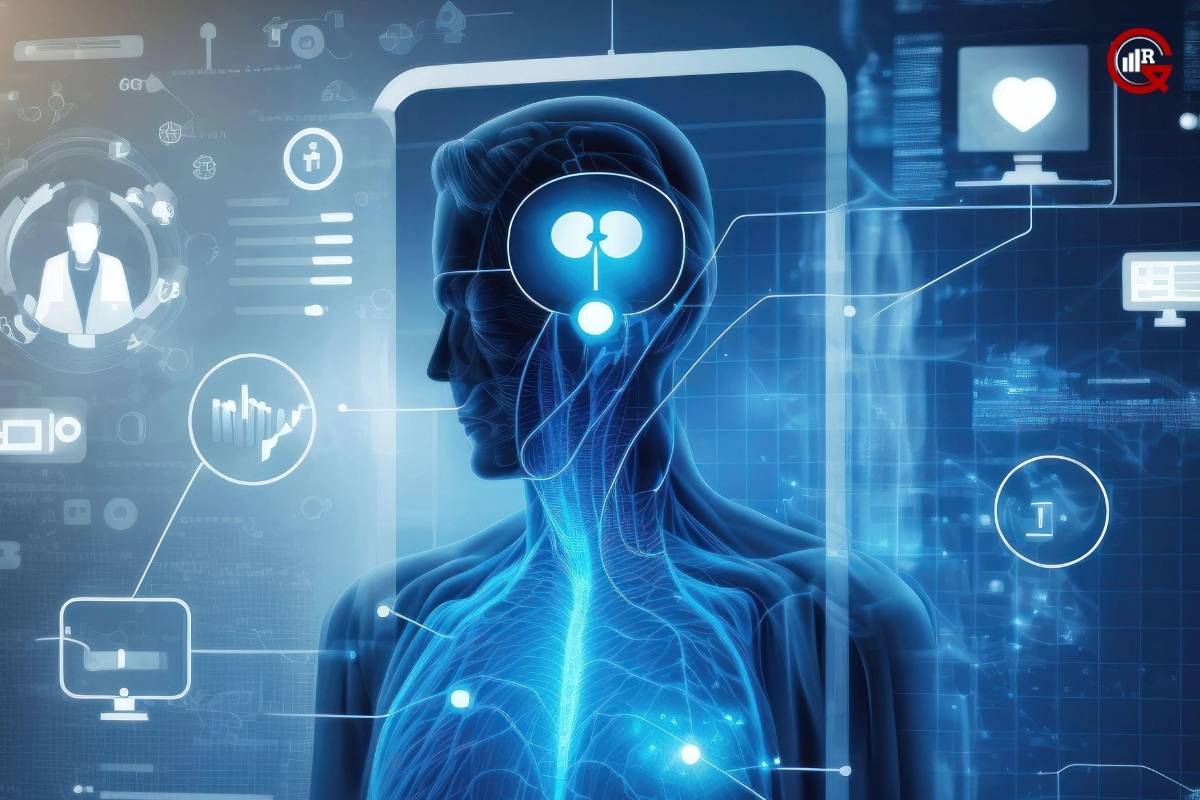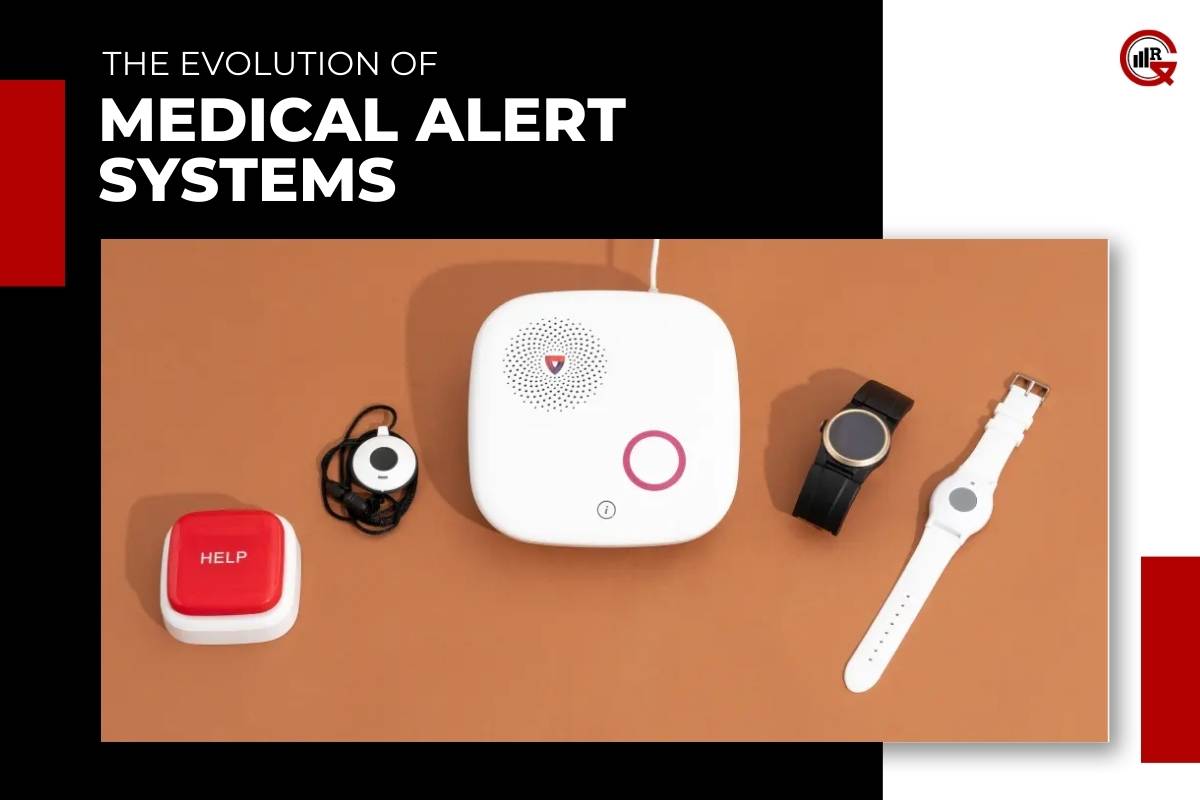(Source-Michael Murtaugh)
Medical alert systems have revolutionized the way individuals, particularly older adults and those with medical conditions, can maintain their safety and independence. These systems provide peace of mind by enabling users to summon emergency assistance with the press of a button, whether at home or on the go. As technology continues to advance, medical alert systems have evolved from simple pendant devices to sophisticated, interconnected platforms that offer a wide range of features and capabilities. In this article, we explore the evolution of medical alert systems, their benefits, and their impact on the lives of users.
The Evolution of Medical Alert Systems:

Early Systems: The concept of medical systems dates back to the early 20th century when the first call-for-help devices were introduced. These early systems typically consisted of a basic pendant or wristband with a button that, when pressed, would trigger a call to a monitoring center staffed by trained operators. While rudimentary in design, these systems provided a lifeline for individuals at risk of falls, medical emergencies, or other health-related incidents.
Integration of Technology: With the advent of digital technology, alert systems began to incorporate advanced features such as two-way communication, GPS tracking, and fall detection. Modern systems utilize cellular and wireless connectivity to enable users to communicate with emergency responders and caregivers from anywhere, not just within the confines of their homes. GPS tracking capabilities allow for precise location identification in the event of an emergency, facilitating faster response times.
Wearable Devices: Today’s alert systems often take the form of discreet wearable devices, such as smartwatches or pendants, that seamlessly integrate into users’ daily lives. These devices are lightweight, waterproof, and designed for continuous wear, ensuring that users have access to emergency assistance at all times. Many wearable medical alert devices also feature additional health monitoring functionalities, such as heart rate monitoring, activity tracking, and medication reminders, further enhancing their utility for users.
Smart Home Integration: Another significant development in the evolution of alert systems is the integration with smart home technology. Modern alert systems can interface with smart home devices such as voice assistants, motion sensors, and smart door locks to provide additional layers of safety and security. For example, a medical alert system equipped with smart home integration can automatically unlock doors for emergency responders or activate lights to assist users during nighttime emergencies.
Artificial Intelligence and Predictive Analytics:

Advancements in artificial intelligence (AI) and predictive analytics have the potential to further enhance the capabilities of medical alert systems. By analyzing user data such as activity patterns, vital signs, and environmental conditions, AI-powered medical alert systems can anticipate potential emergencies and provide proactive assistance. For instance, an AI-enabled system may detect changes in gait or behavior indicative of an increased fall risk and alert caregivers or healthcare providers accordingly.
Benefits of Medical Alert Systems:

Immediate Access to Help: Medical alert systems enable users to summon emergency assistance with the push of a button, providing peace of mind knowing that help is just a call away in the event of a medical emergency or accident.
Enhanced Safety and Independence: By facilitating prompt response to emergencies, medical alert systems allow users to maintain their independence and continue living safely in their own homes, reducing the need for assisted living or nursing home care.
Rapid Emergency Response: With GPS tracking and two-way communication capabilities, alert systems enable emergency responders to quickly locate users and provide appropriate medical assistance, potentially saving lives in critical situations.
Peace of Mind for Caregivers: Medical systems provide reassurance to family members and caregivers, knowing that their loved ones have access to immediate assistance and support, even when they are unable to be physically present.
Additional Health Monitoring Features: Many modern medical alert systems offer integrated health monitoring functionalities, such as activity tracking, medication reminders, and vital sign monitoring, promoting overall wellness and disease management for users.
Conclusion:
Medical alert systems have undergone significant evolution, from basic call-for-help devices to sophisticated, interconnected platforms that leverage advanced technology to enhance safety and independence for users. With features such as wearable devices, smart home integration, and AI-powered predictive analytics, these systems offer a comprehensive solution for emergency assistance and health monitoring. As the aging population continues to grow and the demand for aging-in-place solutions increases, medical alert systems will play an increasingly vital role in supporting individuals’ desire to live independently while ensuring their safety and well-being.






